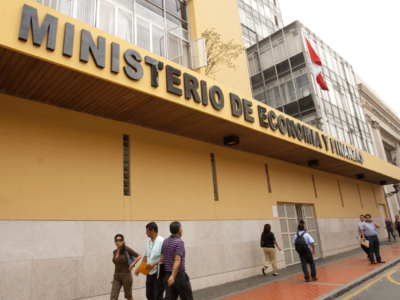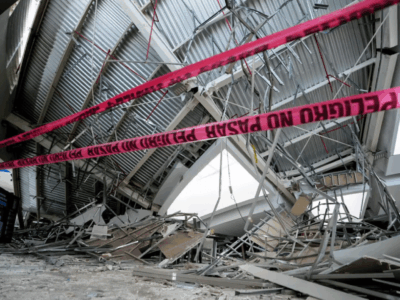
A tragic incident at Real Plaza Trujillo prompts a call for introspection on the safety and oversight of critical infrastructure
The Real Plaza Trujillo disaster, which occurred on February 21, not only highlights deficiencies in inspection practices and enforcement of structural safety regulations, but also highlights the tensions between current regulatory policies and the operational reality of structures designated as high-risk. After being labeled as an “imminent hazard” in 2023 and subsequently temporarily closed, the mall was authorized to reopen in 2024 under declarations that it had been restored to safe conditions. However, the disastrous outcome of the collapse suggests a significant disconnect between the stated safety assessments and the actual structural integrity of the building. This gap potentially indicates a lack of rigor in inspection processes or a failure to comply with critical safety standards during and after the implementation of corrections.
The 2024 legislative proposal, promoted by Congresswoman Adriana Tudela, to indefinitely extend the validity of technical inspection certificates, although ultimately withdrawn, reflects a broader dilemma in the balance between administrative facilitation and mandatory safety. The resistance of the College of Engineers to this measure highlights a critical awareness of the dangers inherent in the dilution of safety regulations, a concern that should be central to any debate on future legislative reforms.
Technical Inspection Certificate for Building Safety (ITSE)
The ITSE is an essential official document for the operation of buildings, guaranteeing their structural safety and requiring them to obtain and renew operating licenses. Governed by the National Building Regulations (RNE) and municipal regulations, this certificate classifies buildings into risk categories—low, medium, high, and very high. Given their high-risk classification, places like the Real Plaza Trujillo require thorough and regular inspections, with a validity that must be renewed every two years to ensure they continue to meet safety standards.
This unfortunate incident should serve not only as a call to reevaluate and strengthen existing inspection and regulatory mechanisms, but also as a reminder of the need for an uncompromising safety culture. The Trujillo tragedy should prompt an introspective examination of how entities, both public and private, approach structural safety. Continuous vigilance and an unwavering commitment to safety standards that genuinely protect people’s lives must be encouraged.
The lessons learned from this event should catalyze not only a review of regulations but also a strengthening of compliance and oversight structures. Ultimately, ensuring structural safety in high-traffic buildings is not just a matter of meeting minimum standards, but of prioritizing human life and safety above all else.
At Thorne, Echeandía y Lema Abogados, we are available to answer any service proposal requests, as well as for questions, extensions, or clarifications. Do not hesitate to contact us:
Segundo A. Campos Santillán




